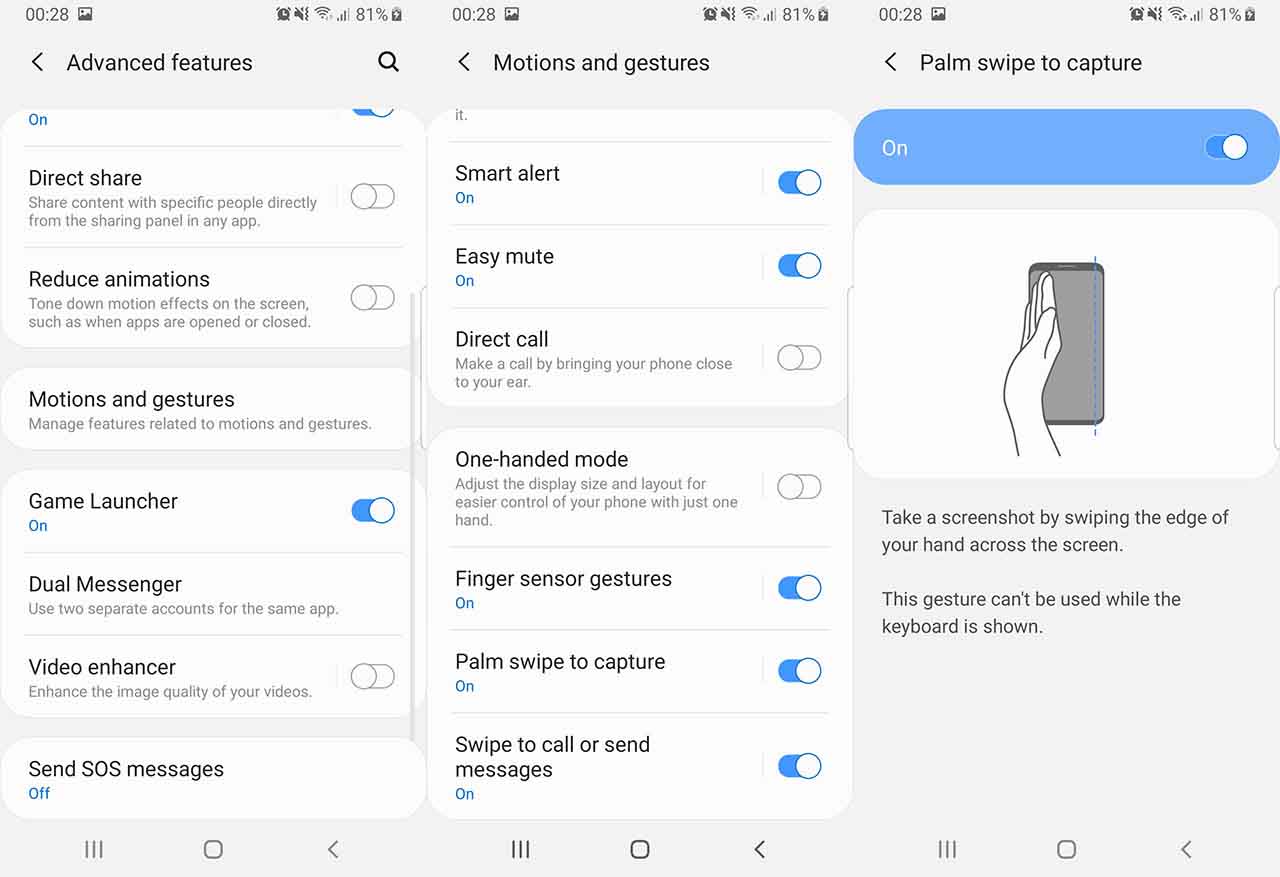
The delay of the Volume slider animation will show that Volume is still low, while your input will eventually bring it to very loud levels. Important: This Volume bug can be really annoying when you’re using AirPods. However, this fix might be temporary because the Volume slider can start lagging and acting funny again. Be patient until the reboot completes.Ī fresh start should clear the Volume button bug.

#Volume scroll bar how to
How To Fix Volume Slider Lag On iPhoneįortunately, this problem can be easily fixed with a restart.Ĭlick and release Volume Up, Volume Down and press and hold the Side Button until the screen turns black and the Apple logo is displayed. We could replicate this issue on our own test devices and also found many other similar reports on Reddit. “Volume slider lags and is glitchy as hell!” This issue brought to our attention by by checo on our Beta 4 review page: Until Microsoft decides to implement the system tray to be accessed from all monitors, I don't think we aren't going to find a better on-screen option to control the volume.Is the Volume slider lagging on iPhone in iOS 16? Are the Volume Buttons not working as expected and act as being stuck when you click them? This is a common bug that has been reported by a lot of users in iOS 16 Beta 4. TbVolScroll began to work normally when I closed the Task Manager. I had the window opened (in the background), and though it was not in focus it was causing the issue.
#Volume scroll bar windows
But then I noticed that the project's page mentioned that the application does not recognize the scrolling behavior when the Windows Task Manager is in focus. I almost gave up on the program because it wasn't responding. If you would rather have it all the time, use the "Set precise scroll threshold" to 100 and you don't have to use the Alt key while adjusting the volume step, or pick a custom level.Įxit the program from the tray menu when you don't need it. TbVolScroll will automatically switch to the precise volume control (reduces volume by 1% per scroll), when the volume level is lower than 10%. Don't forget to hit the save button after you have edited the settings. Prefer a transparent volume bar? Drag the slider at the bottom of the window to modify the volume bar's opacity. In addition to this, you may choose a different color for the bar from the color palette. This opens a new window where you can configure the width and height of the bar. Customize the toolbar's visuals with the "Set volume bar appearance" option. As I mentioned earlier, it is set to 5% by default, but you can set it to something higher or lower. The "Set volume scroll step" option allows you to edit the scroll behavior of TbVolScroll. This makes TbVolScroll shift the volume by 1% instead. If you want better control over this, hold the alt key while adjusting the sound.

If the sound is at 50% and you scroll up once, it will be set to 55%. The application modifies the system volume by 5% per scroll. The color of the bar will change as the volume reaches certain thresholds. The length reduces as you lower the volume. If you have the sound maxed out at 100%, the bar will be long. The length of TbVolScroll's bar varies depending on the current volume level. Since this is a taskbar program, naturally it will not work in full-screen mode (for e.g. It indicates the current audio level in percentage. Move the scroll wheel up or down, and a volume bar pops-up at the cursor location. Run the program's executable and an icon appears on the system tray.
#Volume scroll bar portable
TbVolScroll is a portable software that allows you to control the volume directly from the Windows taskbar.


 0 kommentar(er)
0 kommentar(er)
